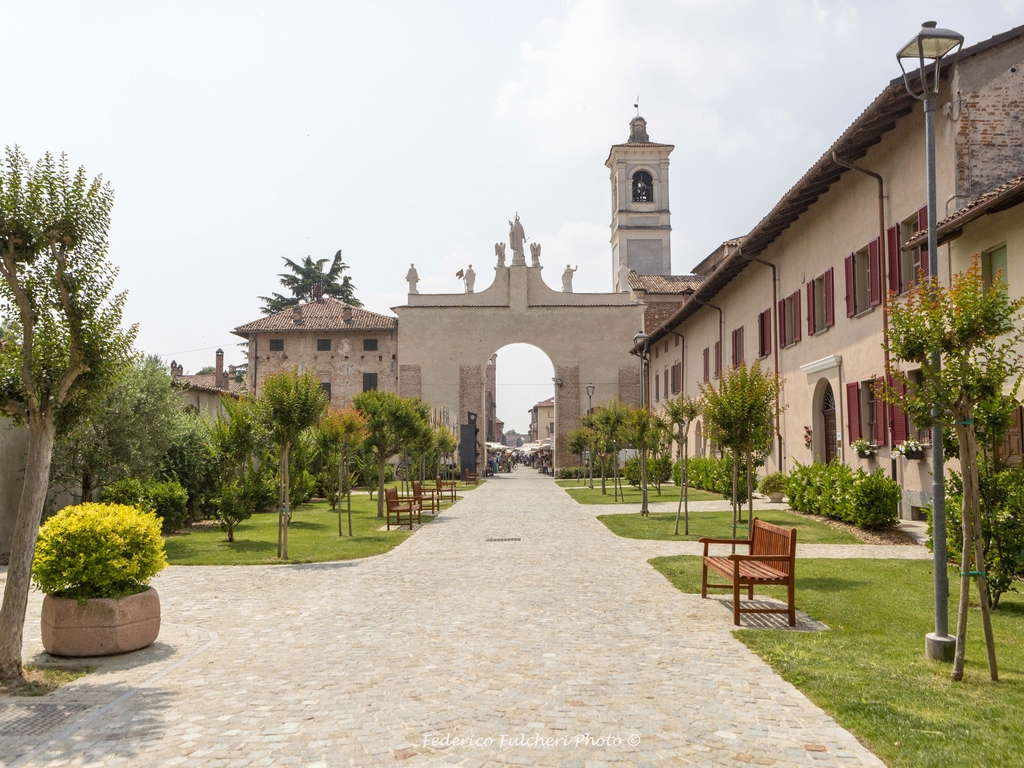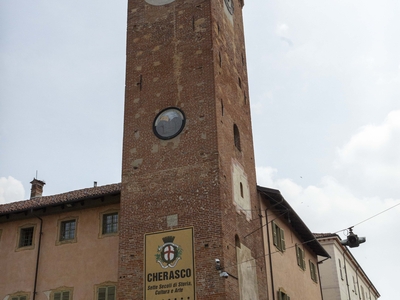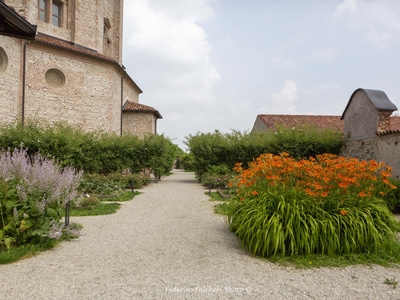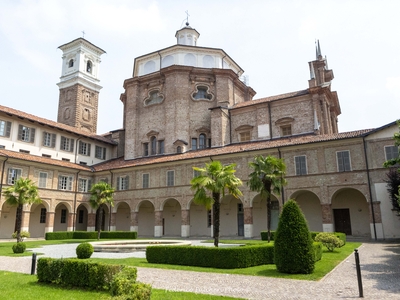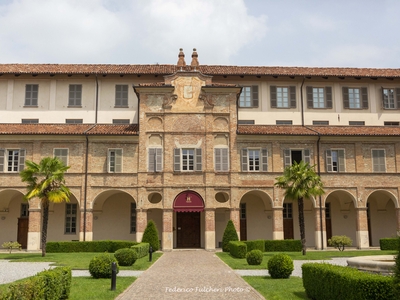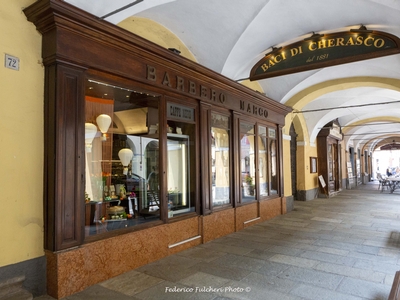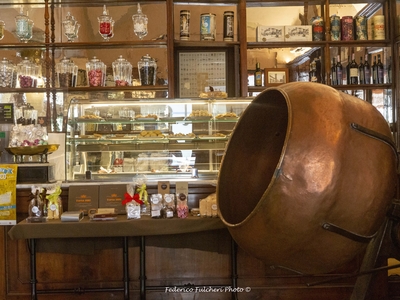The birth of Cherasco is linked to a very precise date, 1243, when Manfredo Lancia, vicar of Emperor Frederick II, and SarloDrua, podestà of Alba decided to build a new town on the remains of a pre-existing settlement. The town immediately took on the connotation of a fortified stronghold, a veritable "Castrum Romanum" with a square plan, orthogonal streets and defensive bastions.
During the period of communal struggles, the town was ruled by numerous commander, from the Angevins to the Visconti, and then by the Orléans following a donation from the Lords of Milan. During this period, sieges, wars and the inevitable famines followed one another incessantly and ended with the peace of Cambrésis in 1559, when Cherasco became part of the Savoia's possessions.
The 17th century under the Savoy family saw a period of rebirth and reconstruction that brought a flourishing economy thanks to silk production. Religious buildings were renovated, large town buildings were restored or built, and even the famous star walls were rebuilt to defend the town. This last work allowed Cherasco to pass through the dark period of the plague around 1630 almost unscathed; it became the perfect place to host the court and its entourage.
Many famous people passed through Cherasco in the following years until 1796 when, in the midst of the French Revolution, Cherasco was besieged and Napoleon took up residence in Palazzo Salmatoris.
Today, Cherasco has become an important tourist attraction as well as a centre for notable antique markets. It is distinguished by the great art exhibitions held at Palazzo Salmatoris and by the famous local products that have made it a household name around the world: snails and Baci di Cherasco. In fact, it is home to the International Institute of Heliculture and the National Association of Heliculturists, which promote the snail and consequently a fine culinary tradition.
Also worthy of note are the Sanctuary of the Madonna del Popolo, the famous Belvedere Arch built in 1647, the interesting Museum of Magic and, more generally, the town's historical centre, rich in old shops, sumptuous palaces and small streets that make it an ideal destination all year round.
